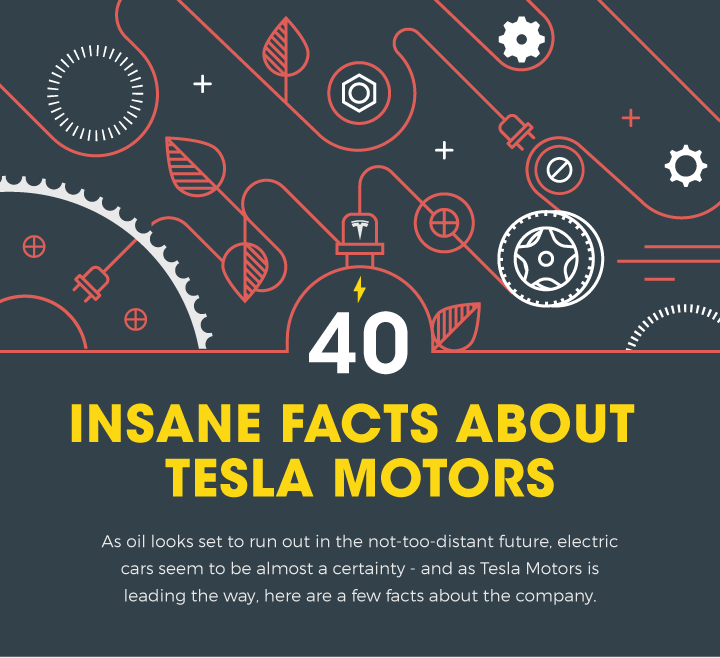Facts About Hybrid Cars
Until fairly recently, hybrid cars were relatively unknown, but thanks to the ubiquitous Toyota Prius, consumers became more aware of these vehicles. Now, these fuel-efficient cars have become the fastest growing segments in the automotive industry.
History Of The Hybrid

The very first hybrid car was manufactured in 1901 by Porsche with the name of ‘Mixte’. The automobiles were powered by fossil fuels, electricity, or a combination of these two. The history of electric cars however, began just after the beginning of 20th century.
Hybrid cars have gained popularity as they are at the centre of economically-friendly vehicles, especially when you consider the rising petrol costs. As more and more people are now looking for alternatives to heavy petrol-consuming cars, hybrid vehicles have emerged at the top of the pack.
Generally speaking, hybrid cars are more fuel efficient and emit much less CO2 than conventional powered vehicles. This is because these cars use a combination of electric power with a conventional engine, thus leading to a reduction in harmful CO2 gases. Owners of such cars can expect to pay lower tax and as a result, save more money. It is estimated that electric cars can cut gas emissions by around 25 per cent per mile. And in the case of a luxury hybrid vehicle such as Toyota Camry, the CO2 emissions are substantially less than an ordinary petrol based car.
Environmental Concerns
By emitting less harmful chemicals in the environment, pollution can be reduced.
As well as reducing harmful emissions, carbon monoxide and nitrogen oxides are also reduced by 90 per cent. These cars tend to depreciate less than the standard cars and they are now continuously in high demand as they keep their value well.
Advanced Technology

Another benefit to hybrid cars is that they are more advanced than other green alternatives. Even though cars that are powered by hydrogen fuel cells may be classed as more environmentally friendly, there are still flaws that are found in them. Some of the flaws found include their limited range and the lack of technology in the usage of hydrogen fuel cells. Hybrid cars on the other hand, meet the society’s demand without any compromise on quality or practicality.
Australia has some of the bestselling hybrid-powered vehicles that are built by Toyota. Camry Hybrid has outsold its predecessors and won the reputation of being the most economical vehicles in its class. The Japanese car manufacturer has managed to sell more than 50,000 Hybrid Prius and Camry models since they were first launched in 2001.
How Do They Work?
Hybrid cars combine petrol engines and electric motors and can easily be configured to become more powerful, with improved fuel economy and additional auxiliary power. Let’s take the Toyota Prius as an example. When you first start it up, the engine will work continuously until it reaches 25 mph. Once the engine is further accelerated and the vehicle goes faster than 25 mph, the petrol engine automatically takes over. In fact, whenever you subject the car to excess acceleration, the petrol engine begins propelling the system. These vehicles have been specifically designed with the purpose of reducing carbon emissions.
You can find different types of hybrid including; diesel, range-extended electric, parallel, and plug-in hybrids. These vehicles work better in cruise conditions on the motorway as the engine does not get strained; hence better fuel economy is achieved.
 Erin Warbrook is a freelance writer from Perth, WA specialising in automobile, clean energy and safety. She spoke to Kalamunda Toyota for all the facts on Hybrid technology.
Erin Warbrook is a freelance writer from Perth, WA specialising in automobile, clean energy and safety. She spoke to Kalamunda Toyota for all the facts on Hybrid technology.
Image credit: Lohner-Porsche Mixte Hybrid , Toyota Prius,



Great topic thank you very much.
I love to search for all new cars whether hybrids or electric.